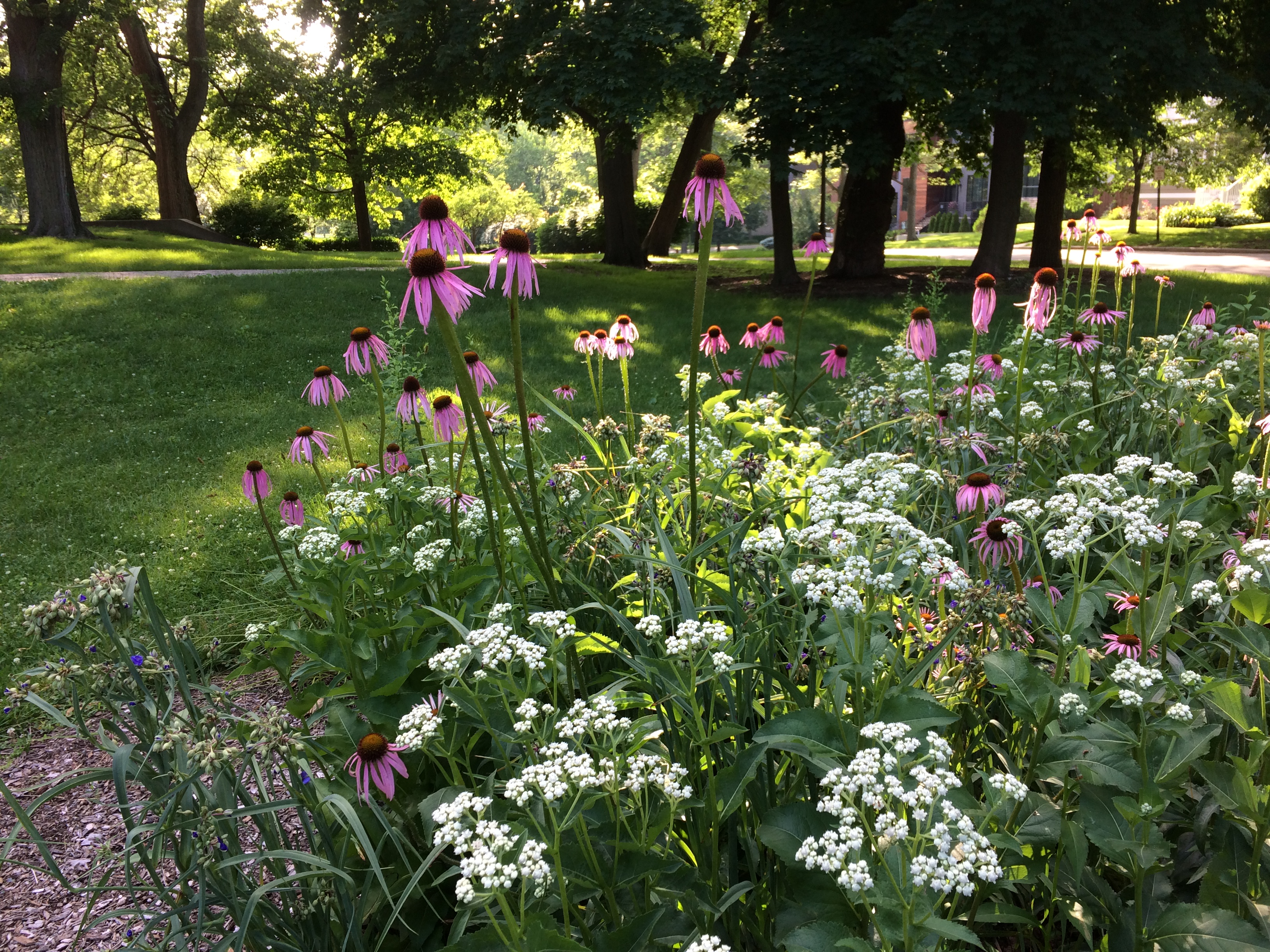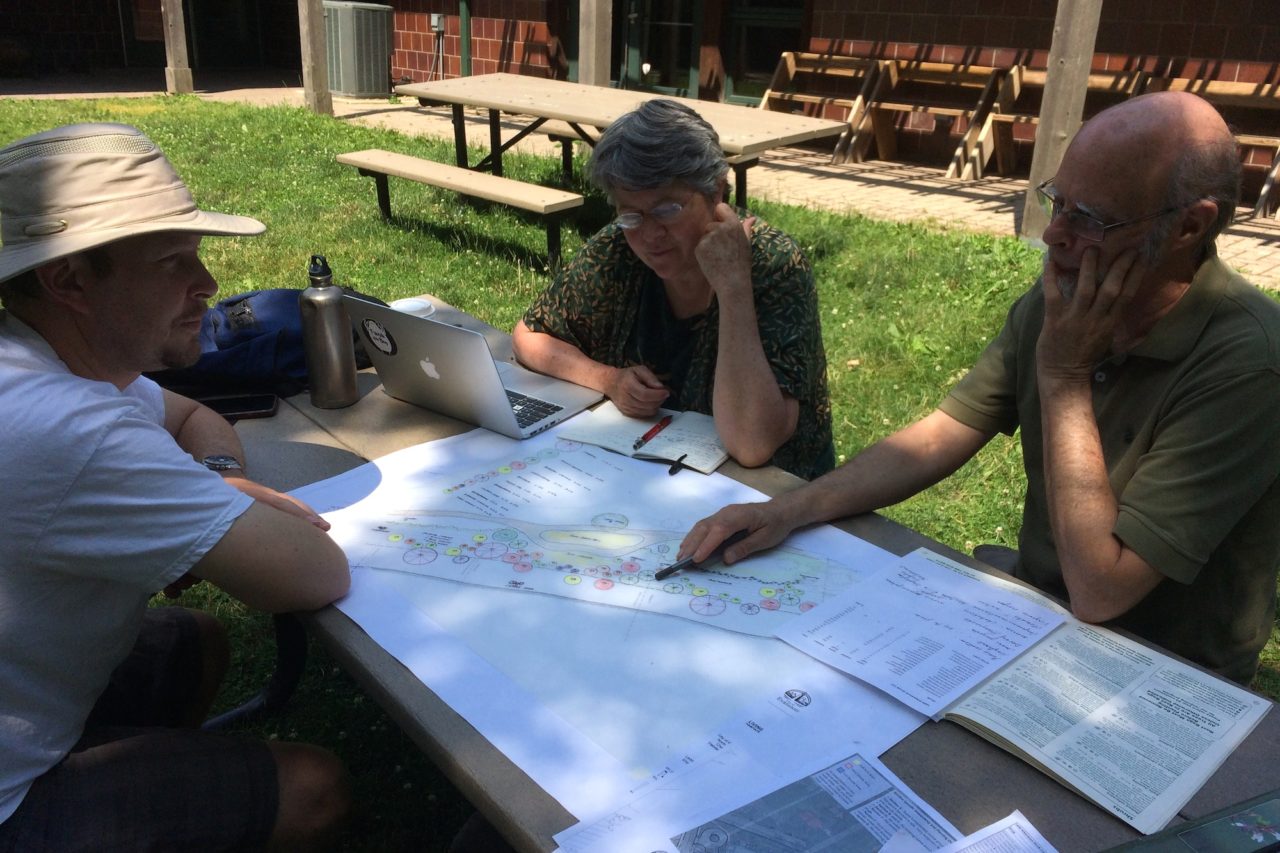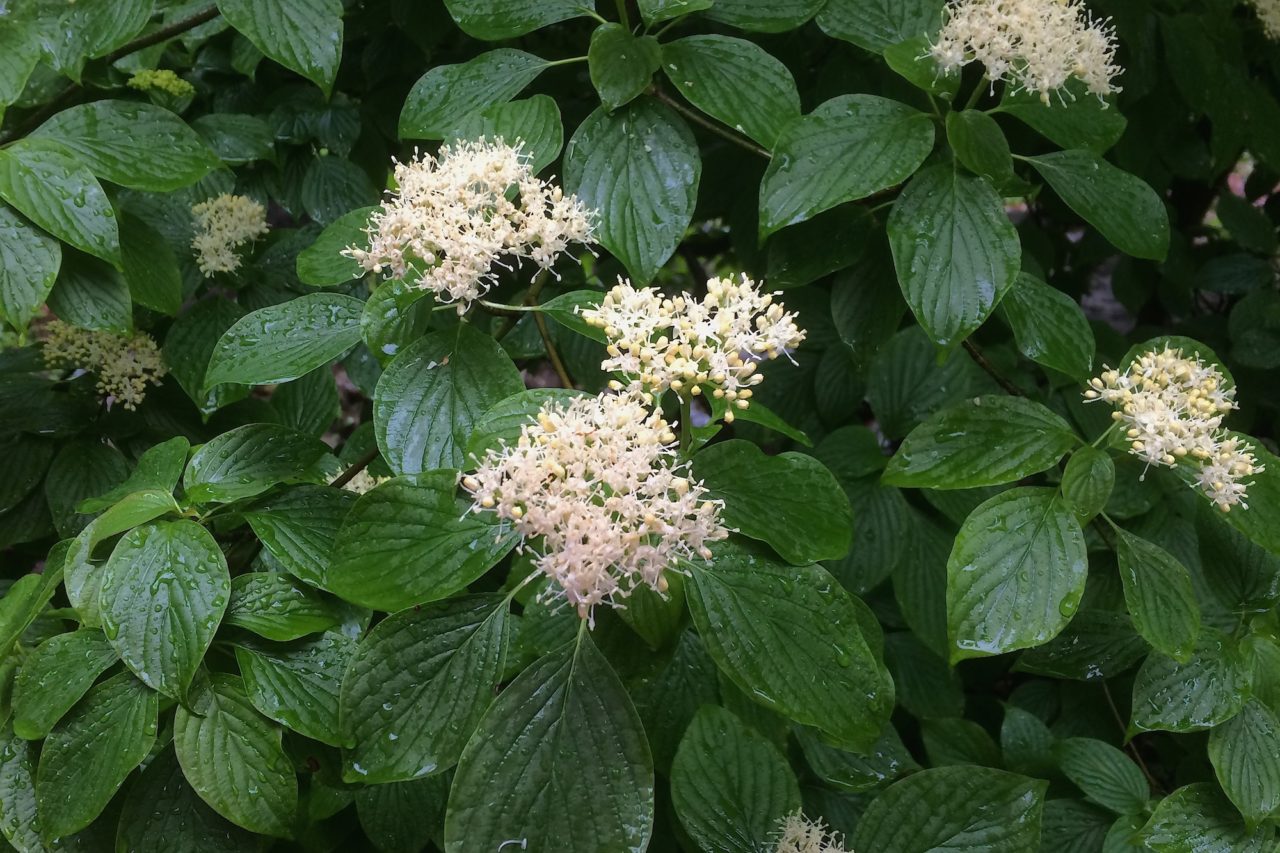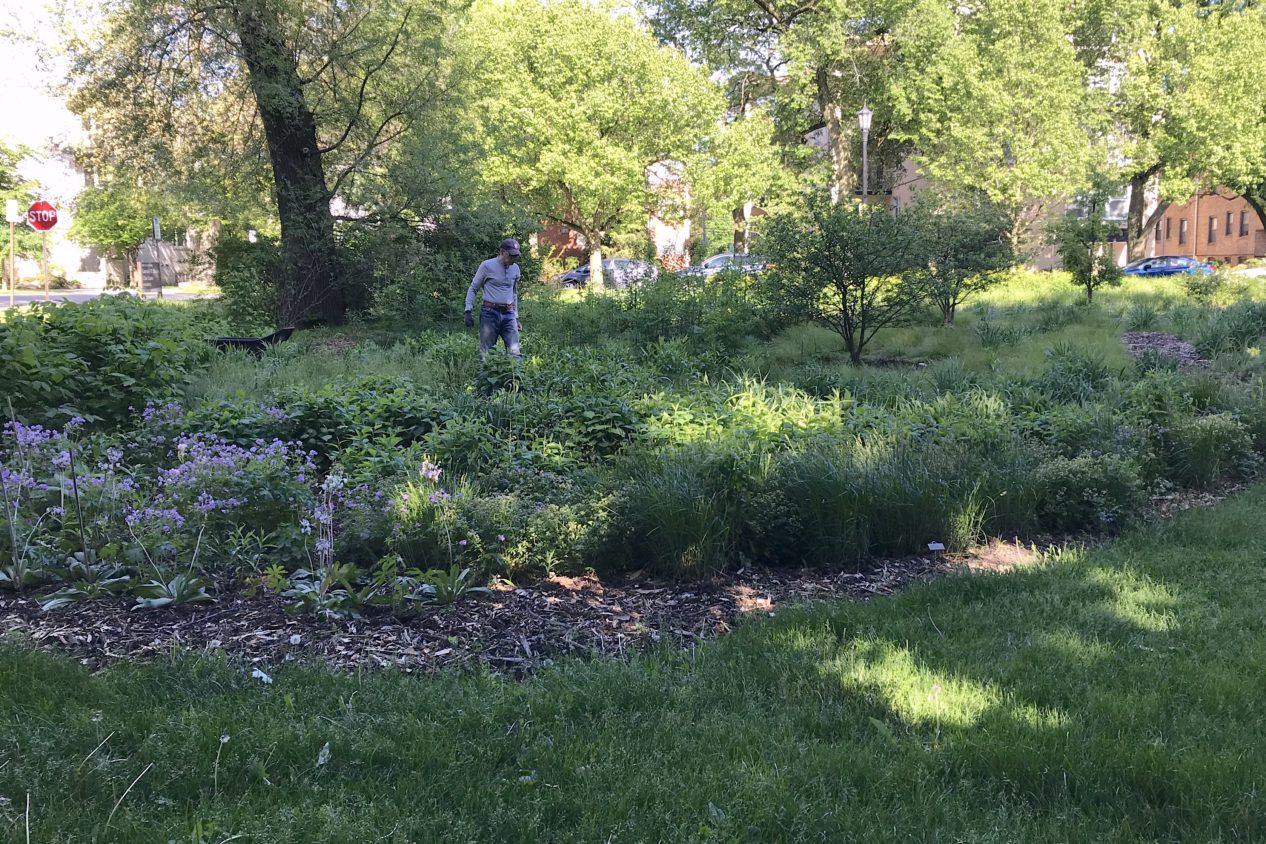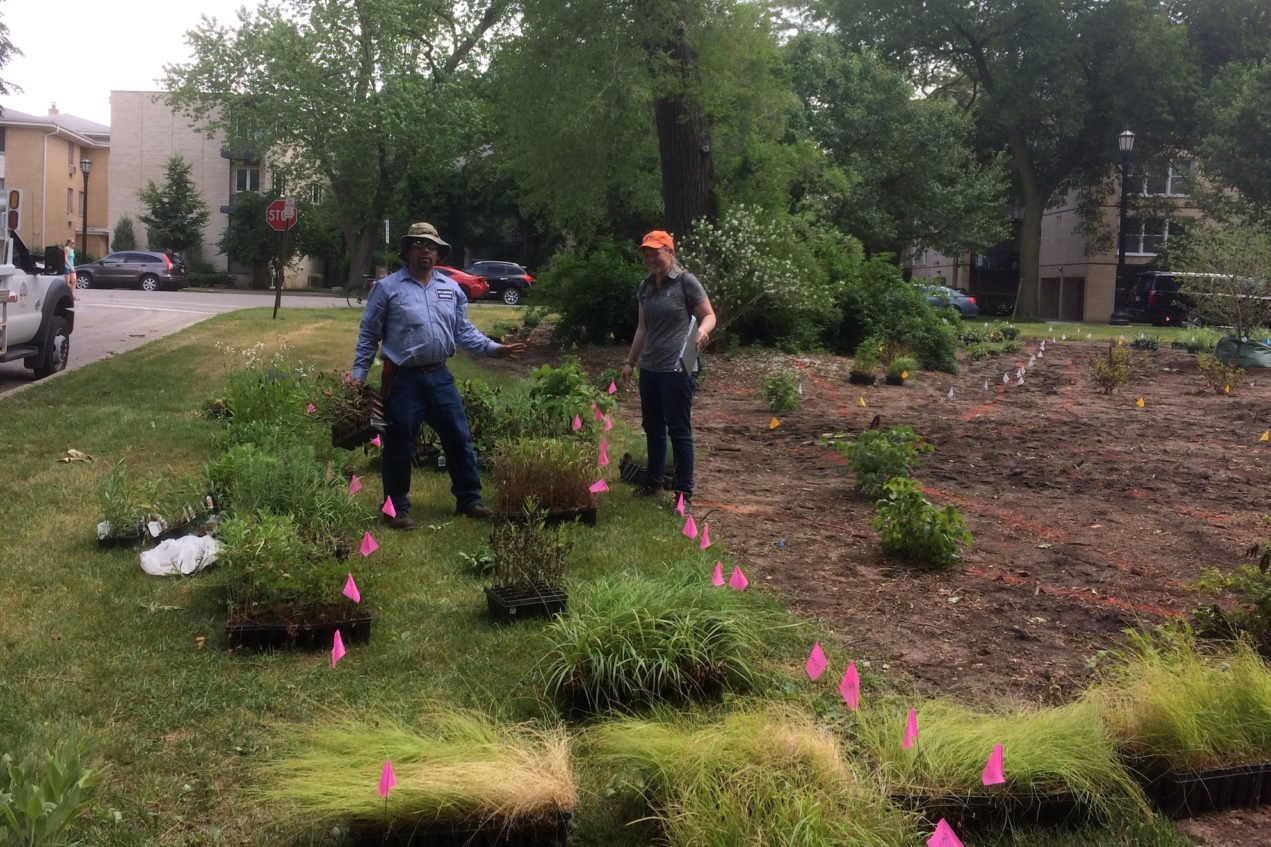With landscapes drained of color and temperatures plummeting, this is an ideal time to start planning for spring.
Doug Tallamy, author of Bringing Nature Home, suggests two simple goals. Anyone with a yard, he says, should “replace half of the area dedicated to lawn with diverse plantings of woody and herbaceous species.” Those plants, ideally, should be native to the region. Why? “Native plants support pollinators and food webs far better than introduced ornamentals.” The prime example is the oak tree, which hosts more than 500 species of butterfly and moth caterpillars—which in turn provide food for birds.
Gerould Wilhelm, one of the region’s foremost plant experts, recently suggested a tactic for starting small, in an essay called “Building a Loving, Healthy Home for a Tree.” The basic idea: remove a patch of grass, plant a small tree, then, in the surrounding soil plant a few varieties of low-growing, shade-tolerant flowers and sedges. The next year, widen the circle and add to the planting.
The Civic Center Habitat Garden was designed to demonstrate principles of bird-friendly landscaping and to offer inspiration. You won’t see much growing there right now, but an updated guide lists more than 60 species, organized by bloom time. You can download it here:
About Civic Center Garden By Season January 2019
— Wendy Pollock
